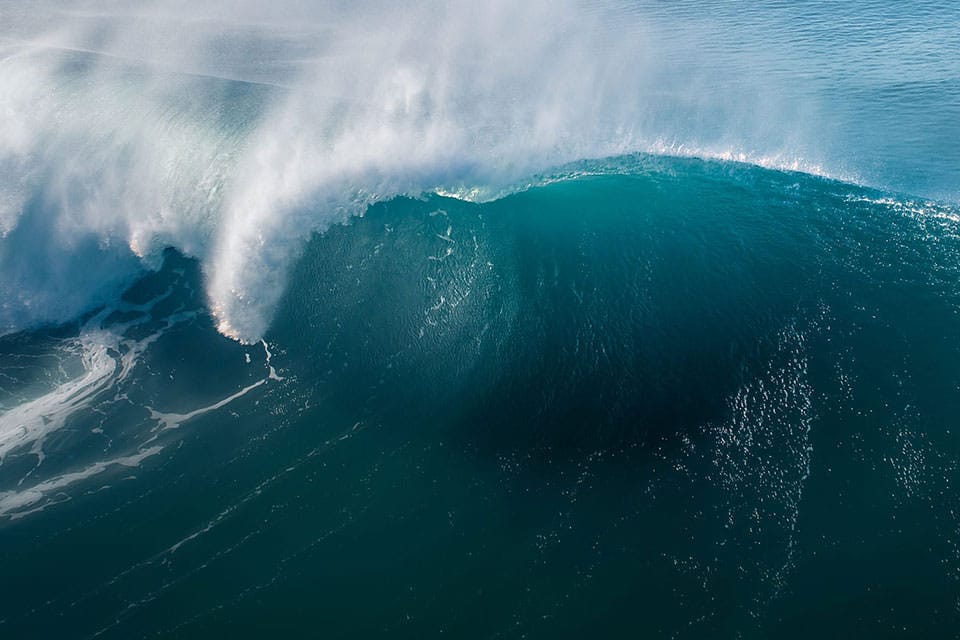Why we care
Energy, manufacturing and deployment costs are critical to the viability of any carbon dioxide removal approach. This research project focuses on a new strategy that promises low energy burden and low manufacturing costs to capture carbon and achieve ocean alkalinity enhancement, essential features for scaling any future efforts of this technology to capture carbon and assuage ocean acidification.
What we will do
Researchers will develop and test a pilot-scale system that captures carbon dioxide from the air and converts it into a mixture of salts that can be used for marine carbon dioxide removal (sodium carbonate, sodium bicarbonate). To understand the chemical constraints of this method, the project examines the precipitation of different minerals in seawater and the best rate of adding the critical components. Marine species may differ in their response to the changes caused by ocean alkalinity enhancement. Part of this project synthesizes published data to assess how different species with varying calcification behaviors may respond to changes in seawater. Researchers will then evaluate the potential effects of ocean alkalinity enhancement on different habitats along the United States West Coast that incorporate both experimental data and field data. Lastly, the project emphasizes maintaining quality control and chemical validation throughout the research to ensure accurate and reliable results.
Benefits of our work
This work builds and tests a pilot-scale system for carbon dioxide removal from a gas stream and investigates how the chemicals produced can be used to enable marine carbon dioxide removal. It evaluates the chemical and biological impacts of ocean alkalinity enhancement, contributing to the knowledge and implementation of sustainable strategies for carbon dioxide removal. “For marine carbon dioxide removal to be successful, it needs to happen soon, be environmentally safe, and to be economically viable. We hope to show all can be true together” says the project principal investigator Dr. Andrew Dickson of the University of California San Diego Scripps Oceanography.
Award amount: $995,891
Funding source(s): NOAA
Inflation Reduction Act funding? Yes
Duration: 3 years
Investigators
Dr. Andreas Andersson, Scripps Institution of Oceanography
Dr. Robert Richardson, Pacific Rim Design & Development
Dr. Nina Bednaršek, Oregon State University Cooperative Institute for Marine Resources Studies
Dr. Richard A. Feely, NOAA Pacific Marine Environmental Laboratory



